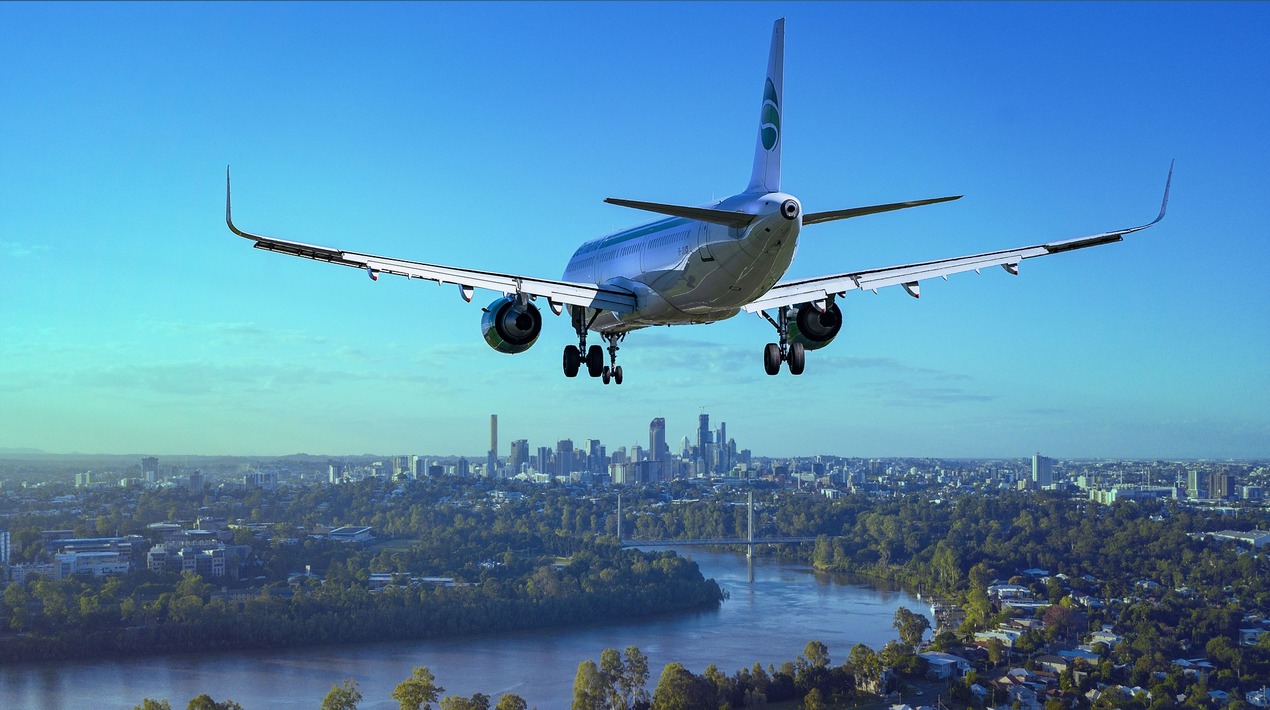
The Climate Change Commission was established as a result of the Climate Change Response (Zero-Carbon) Amendment Act to advise the New Zealand Government on actions that will reduce carbon emissions and help the country meet its 2050 net-zero and low-emissions goals. The Climate Change Commission opened submissions in February this year in order to draught the advice, and among the submitters were both of New Zealand’s airlines, who support the move toward decarbonisation.
Wellington and Blenheim are preparing to ‘electrify their airports,’ laying the groundwork for commercial electric flights. Three twenty-seat electric passenger aircraft have been ordered by the regional airline. With the delivery of these planes not expected until 2026, there is still much work to be done to ensure that the necessary chargers are in place in time for the handover.
Chief Commercial Officer for Wellington Airport said the travel hub was “committed to assisting the airline to make history” in getting the runway ready to handle the demands of electric aircraft. He felt that the Wellington to Blenheim route was an excellent candidate for the new technology as it has a 30-minute sector length matching the capability of carbon zero aircraft. The chairman of the airline says the news brings the company “closer to our ambition to be the first airline in the world to achieve a fully electric fleet”.
The small New Zealand airline will be among the first to use the technology as a launch partner for the Swedish-based company. There is a lot of infrastructure and training that needs to be put in place for the technology to take off. Wardman, on the other hand, claims that his company is in it for the long haul. Adoption of such technology could spell not just zero-emission flights, but also lower fuel and maintenance costs.
Institutions such as Massey School of Aviation and other smaller private flight schools are already preparing pilots for an electric future alongside regular training. “As the test ground for electric travel in the South Pacific there is an opportunity for New Zealand to develop international training programmes in our international education sector,” says the Chairman.
While 2026 may seem like a long time away, pilots are already preparing to make the switch to electric aircraft. One of the things the airline has been pushing for is that new pilots be trained in both electric and piston aircraft
The founder of the Christchurch-based flight school, which offers training in an all-electric Eco plane, says “there are differences that pilots need to start thinking about.” Battery life and handling are all parts of a new training syllabus. “We are already taking some commercial pilots through those considerations,” said he said.
Electrifying the link may be more difficult than preparing the departure and destination for electric aircraft. Because aviation is weather dependant, charging infrastructure would need to be in place if they had to divert.
Air New Zealand proposes that the commission’s central pathway model should be amended to reflect expected emissions reductions from aviation by 2035. This is due to the use of sustainable aviation fuel from 2025, which could reduce emissions up to 85% as compared to traditional jet fuel or diesel and the operation of next-generation aircraft such as hybrid-electric and hydrogen aircraft from 2035 onwards. The airline has been working with local and international stakeholders to ensure that this evolution in aviation towards electric flight becomes a reality in New Zealand.
The World Economic Forum has created the ‘Clean Skies for Tomorrow Coalition’ as an environmental certification system to ensure that corporations purchase high-quality sustainable aviation fuel. It is also working to ensure that emission reductions are properly accounted for.
















